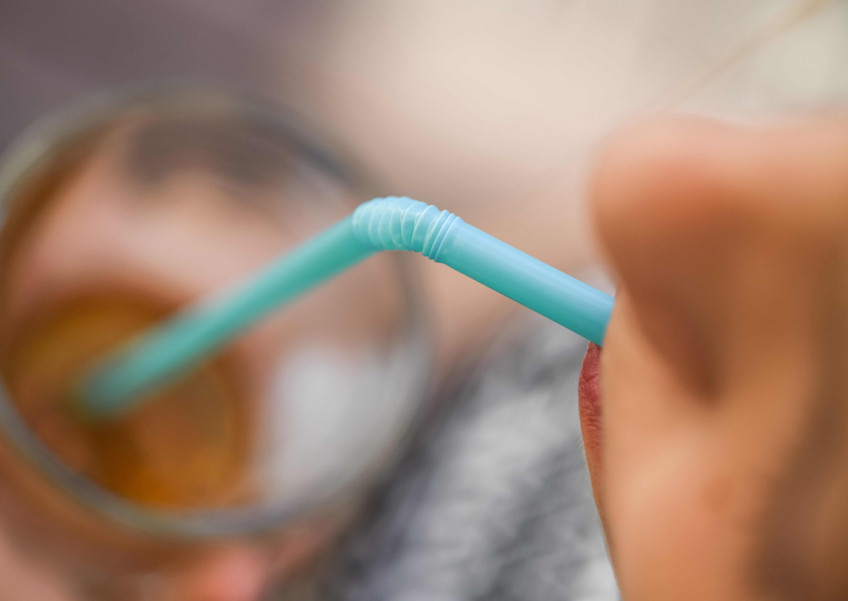
Are metal straws killing us, more than they are saving the environment? Quite literally, a metal straw have caused the death of a 60 year old lady last year, where she was impaled through her eye after falling onto an eco-friendly reusable metal straw. With that said, we are here to debunk environmental truths about plastic and metal straws. Is the metal straw truly beneficial for the environment, or is it a costly expression for environmental enthusiast? In order to fully debunk the environmental impact, a life cycle assessment has to be done, which provides us with a rough estimate on the energy required to produce these straws.
LIFE CYCLE ASSESSMENT
According to the Humboldt State University, the production of a single metal straw produces 149 times more carbon emissions, and requires 102 times more energy than a plastic straw (more date in the table below). This means that you need to replace at least 149 plastic straws with a single metal straw to offset the environmental damage, if not, more harm will be caused to the environment. I personally feel that it is unlikely that the majority of metal straws were able to serve their full purpose, but this reduces the amount of plastic waste generate yearly. Furthermore, metal straws have a much longer use lifespan, and it is fully recyclable, as opposed to plastic. Which boils down to the responsibility of consumers to diligently use their metal straws, and to recycle it if disposal is a must.

Below is a mildly infuriating picture of $3 metal straws, being wrap with a layer of plastic, a real irony. This shows the relationship that humans are still highly dependent on plastics for hygiene purposes. Though intentions are good, more thought needs to be given towards the process and implications of environmental impacts.

It is also important to note that metal straws do not reverse environmental impacts, but in fact, they continue to consume natural resources and emit carbon from the extraction, manufacturing, and transportation. As such, one must know the issue of straws should be one that requires the reduction rather than replacement, same goes with all reusable items. We should ask ourselves if we really need to use the disposable item, if we really require it, then perhaps consider a reusable alternative. It’s our sustainable behaviour that counts and not how many environmentally-safe products we own.